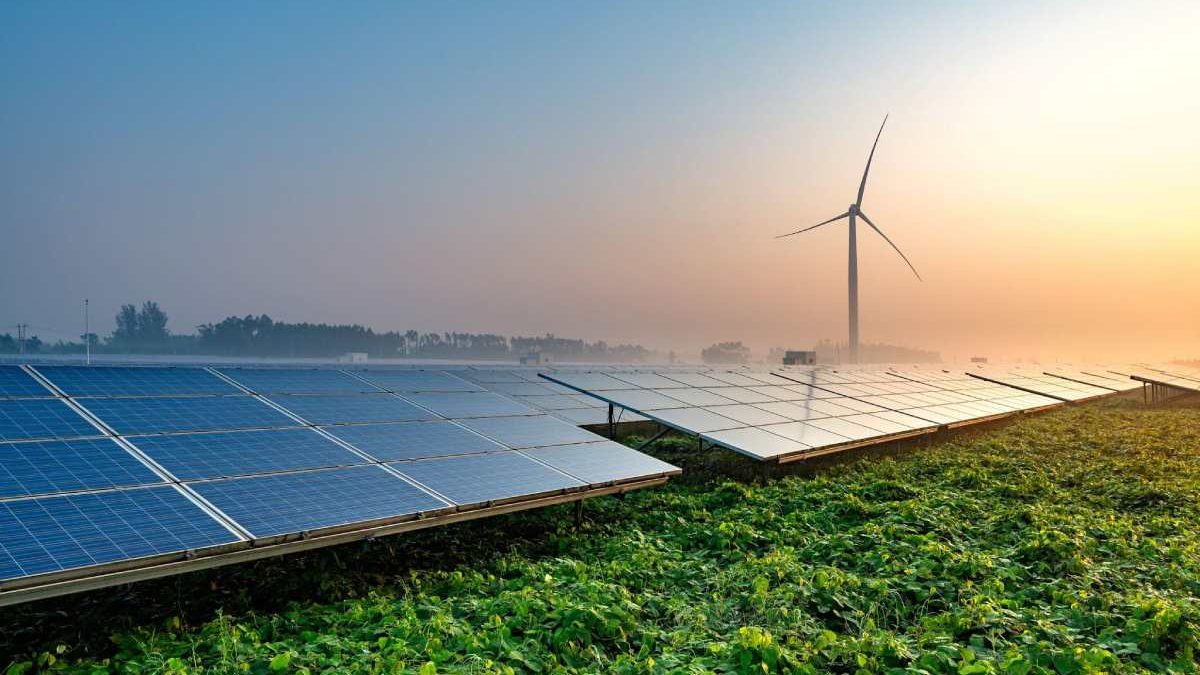Investing in renewable energy has become a significant discussion point in financial and eco-friendly communities. The long-term benefits to society are widely acknowledged, so more people should look for ways to participate. For those interested in learning how they can invest in renewable energy, this article is designed to provide you with all the information you need and detail why it is such a growing market right now.
From solar panel investments, wind turbine profits and everything related to investing properly in renewables, read on for complete insight into this fascinating space.
Table of Contents
Understand what renewable energy is and its benefits
Renewable energy has become a growing market in recent years, attracting investors with its promising potential for growth and positive impact on the environment. Understanding renewable energy’s benefits is crucial before investing in this sector. Renewable energy refers to the energy that is generated from natural resources such as wind, solar, hydro, or geothermal resources.
This type of energy is sustainable and has a lower carbon footprint, making it an eco-friendly alternative to traditional forms of energy. Investing in renewable energy not only provides financial returns but also helps to reduce greenhouse gas emissions and mitigate the adverse effects of climate change. As a result, a growing number of investors are turning to renewable energy projects to create profitable, sustainable, and socially responsible investments.
Learn the different types of renewable energy sources
When investing in renewable energy, it is vital to understand the different types of renewable available. Different sources include solar, wind, hydroelectricity, biomass, and geothermal energy. Each one has its own set of risks and rewards associated with them. Solar energy is produced through photovoltaic cells, which convert sunlight into electricity and can generate returns from subsidies or selling unused power back to the grid.
Wind turbines capture kinetic energy from the wind and turn it into electricity for homes and businesses. Hydroelectricity harnesses power from falling water which is then converted into electricity for homes and businesses. Biomass involves burning organic material such as wood chips to produce heat which can be used for various purposes. Finally, geothermal energy is generated from the heat produced by the Earth’s core which is then used to generate electricity.
Research the various investments options available in the market
Once you have a basic understanding of the different types of renewable energy, it is vital to research the various investment options available in the market. Investing in renewable energy can take many forms, including buying stock in a company that produces clean power or investing in solar panels and wind turbines.
Depending on your risk appetite and financial goals, investors can choose from various options ranging from low-risk government bonds to higher-return equity funds. You may also investigate the countries associated with renewable energy, such as Iceland, Norway, and Sweden, and invest in their currencies. To participate in the Forex market, you can visit ADSS Forex.
Investors should also consider location, regulations, and subsidies when researching potential investments. Additionally, investors should consult an investment advisor before making final decisions about their investments. These steps will help ensure that your investments are sound and aligned with your financial goals and risk tolerance.
Consider policy changes that impact renewable energy
The renewable energy sector is constantly changing and evolving. As such, investors should stay informed about policy changes that could impact the industry and their investments. It includes monitoring federal, state, provincial, and local renewables regulations and any incentives or subsidies for investing in the space.
It is also essential to consider any potential trade wars and how tariffs may affect the profitability of global renewable energy investments. Additionally, investors should pay close attention to new technologies being developed in the space, which may provide opportunities for profitable investments. By understanding current policies and staying abreast of developments in the industry, investors can make more informed decisions when deciding where to invest their money.
Look into tax credits and incentives available for investing in renewable energy
When investing in renewable energy, investors should take advantage of any tax credits and incentives their local or federal governments offer. Depending on where you live, rebates may be available for installing solar panels or wind turbines. Additionally, some states offer tax credits to individuals who invest in clean power projects, which can help offset the investment cost. Researching these incentives can help to potentially maximise your returns from investing in renewables.
Overall, investing in renewable energy is a great way to create profitable, sustainable investments while helping reduce humanity’s environmental impact. By understanding the different types of renewable energy sources available and researching potential investments, investors can make more informed decisions about their investments and benefit from any available incentives or subsidies. With the proper knowledge, investors can capitalise on the potential of renewable energy and help reduce our reliance on fossil fuels.

